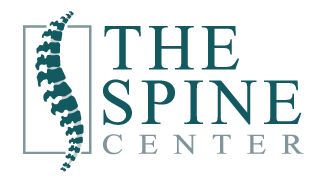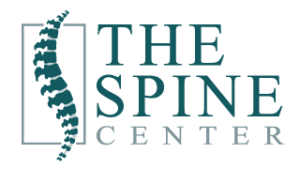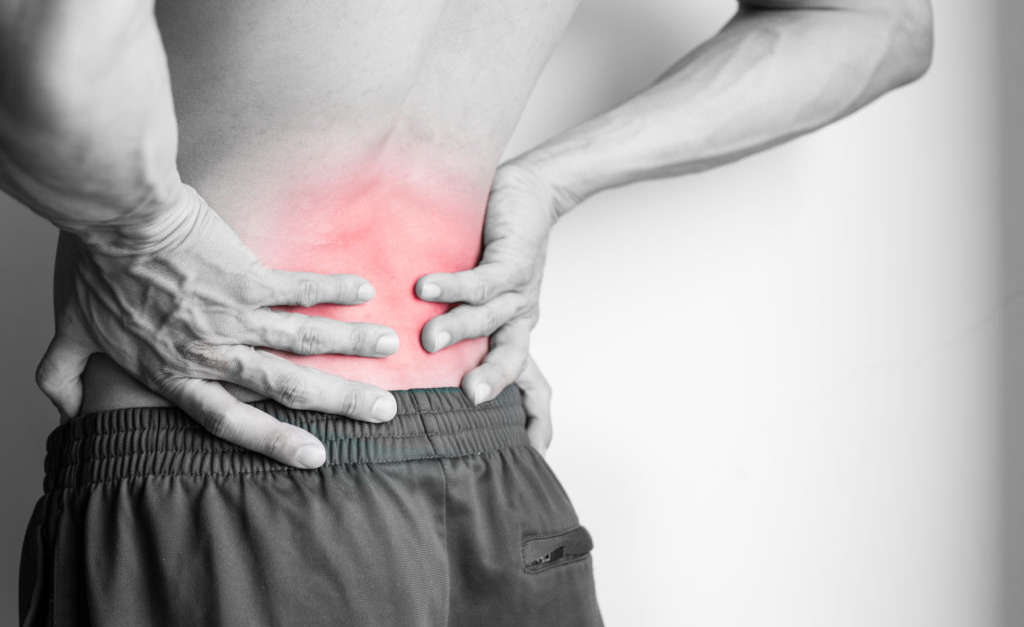The Centers for Disease Control and Prevention estimates that more than 20.4% of American adults experience chronic pain. The pain is often debilitating enough to limit your daily activities. With chronic pain occurring daily or in most days, taking medication now and then is counter-productive.
You can opt for non-invasive techniques for chronic pain management. If you’re having pain that won’t go away, the treatment options at your disposal are sufficient. It’s possible to deal with the pain without popping a pill!
Here are 12 non-invasive tips that can help with pain management.
1. Manage Stress
Stress, anxiety, and depression are among the negative feelings that make your body highly sensitive to pain. Taking control of your stress levels will give you relief from chronic pain. There are several ways to control your stress, and you need to know what works for you.
Listening to calm or soothing music is one of the stress management techniques that you can try. Music is a form of therapy as it tends to distract you from the discomfort and the pain. Once you have managed your stress levels, pain injury management will be easier.
2. Exercise
Exercise interrupts pain’s vicious cycle, especially in conditions such as fibromyalgia and arthritis. More importantly, exercise prompts the brain to release endorphins, which are brain chemicals that block any pain signals while still improving your mood.
If you’re not part of the 23% of the Americans who exercise adequately, you’re missing out on managing your pain. Aerobic routines and stretching exercises can have a significant impact on your body. However, it would be best to exercise under the guidance of a professional to avoid escalating an inflammation.
3. Deep Breathing and Meditation
Deep breathing is one of the non-invasive techniques that can help with pain management. Often pain results from the tightness of the muscles. This technique allows your body to relax, which eases pain.
When meditating, ignore distracting thoughts, focus on breathing, and have a phrase or word that you’re repeating. It would be best if you had a quiet location and a comfortable position to have a successful session. If you are having headaches that are sudden and unexplainable, try deep breathing and feel the light-headedness going away almost immediately!
4. Consider Occupational and Physical Therapy
Physical therapy and occupational therapy are some of the known specialties for comprehensive pain management. The benefits of physical therapy go beyond pain management. With physical therapy, you don’t have to over-rely on painkillers and other medication.
A physical therapist will guide you on the physical activities you need to integrate into your daily routine for better mobility and strength. Conversely, occupational therapists guide you on how to go about your daily activities without escalating the pain. These two approaches will help you to manage the pain and live a healthy life.
5. Heat and Cold Therapies
Heat and cold therapies are some of the most inexpensive yet effective ways of treating pain. Ice is recommendable for acute injuries as it reduces the swelling while controlling pain. If you suffer an injury, apply ice within the first 48 hours for better relief.
On the other hand, a heat compress raises skin temperature and helps to improve circulation. Heat is ideal for joint pain and sore muscles. It shouldn’t be an option when you have inflammation.
6. Prioritize Healthy Diet
Diet should be a central aspect of chronic pain management. A healthy diet inspired by the Mediterranean or vegan way of life can control cholesterol and insulin levels. Consequently, you’ll reduce inflammation, which is the main culprit for pain.
You might want to increase your intake of fruits and vegetables to manage chronic pain. Other foods include turmeric, salmon, soybeans, pumpkins, and blueberries. The right foods will reduce pain and still have a host of other benefits in your body.
7. Behavioral Modification
When looking for a chiropractor, it is essential to inquire more about the treatment they recommend. Behavioral modification is a treatment option that can assist patients suffering from back pain, among other painful stimuli.
Cognitive therapy is one of the treatments under behavioral modification that alleviate pain through relaxation and coping techniques. Biofeedback, which guides patients on how to control their blood pressure, heart rate, and muscle tension, is another treatment option under behavioral modification.
8. Go for a Massage
A well-placed hand has an unbeatable healing power that you can’t ignore! A massage is an alternative treatment for pain management. However, it would be best to have your doctor rule out any underlying conditions before going to a massage parlor.
A massage eases pain by increasing the blood flow to stiff and sore muscles and joints. This technique further releases opioids in your brain, which act as natural pain killers. A massage is also effective as it releases oxytocin, a hormone that increases the feeling of contentment, calmness, and relaxation.
9. Acupuncture for Pain Management
Acupuncture is an ancient Chinese technique that has been used for years to treat a range of conditions, including pain relief. It reduces nerve pain, low back pain, menstrual cramps, fibromyalgia, and headaches, among other forms of pain. With about 6 to 12 sessions, the treatment will have taken effect.
The Chinese acupuncture involves inserting several fine needles in specific acupoints in your body. This process releases endorphins that relieve pain. An acupuncturist can twirl the needles, apply electrical or heat stimulation to improve these effects.
10. Distract Yourself
Focusing on pain worsens it. It would help to distract yourself by focusing on activities you love doing. Cook, paint, take Fido for a walk, do anything instead of wallowing in pity-parties. While the paint won’t go away, you’ll have control of your life despite that inflammation on your back!
Non-Invasive Pain Management Techniques Will Save From Endless Medications
Pain is inevitable. Learning how to manage pain without falling back to painkillers and opioids is crucial. Most pain management techniques have been tried and tested.
There are several ways to manage chronic pain at home, from regular exercise to cold and hot therapies. However, it is crucial to get a go-ahead from your doctor as pain is often a symptom of another underlying condition.
Have you been suffering from chronic pain that needs chiropractic attention? Contact us today for a range of chiropractic treatments, among other services.



2 Comments
Comments are closed.